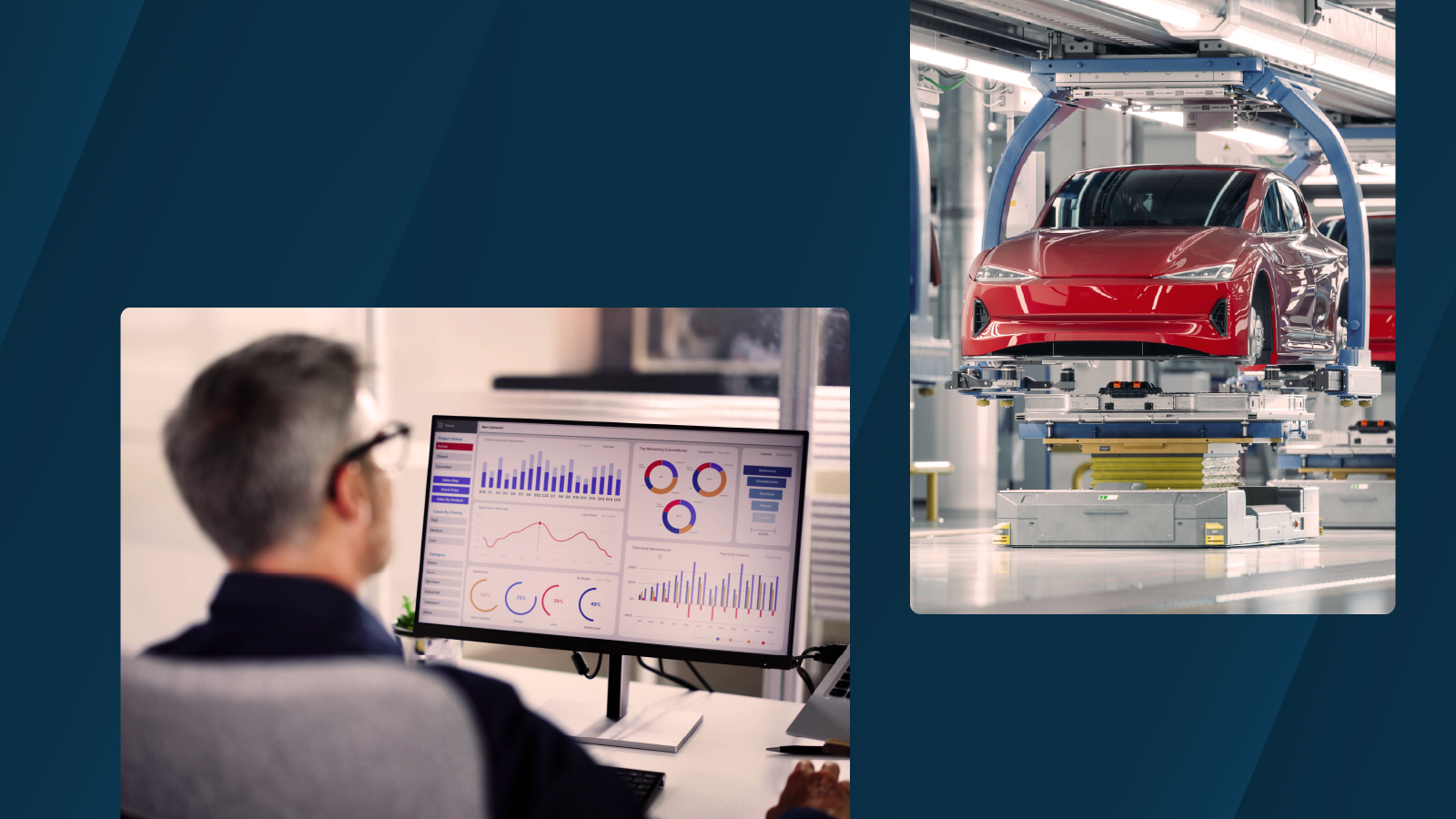Record keeping and documentation have been around for most of human history, fulfilling a vital function of keeping societal order. For businesses, a reliable system of transaction and record ensures accurate tracking of financial activities and supports transparency.
In modern times, firms have turned to enterprise resource planning (ERP) systems to maintain a clear record of all income, expenses, sales, and purchases, which is essential for budgeting, financial analysis, order management, and tax reporting. A well-organized ERP system promotes accountability, reduces the risk of fraud or errors, and enhances credibility with stakeholders including investors, customers, and regulators.
The “P” in ERP, however, is a misnomer…
ERPs really only function as a system of record for organizational transactions. Customers will often rely on them for planning because providers bundle supply chain modules with the core platform at a competitive rate — incentivizing companies with cost savings. However, ERPs are not true planning solutions — lacking scenario modeling, dynamic collaboration, and advanced analytics to optimize decision making especially amid supply chain volatility.
Organizations planning with ERPs rely on lagging, outdated data to make mission-critical operational decisions leading to suboptimal outcomes. In this blog, we will explore how you can benefit from integrating your existing ERP system with a strategic supply chain planning platform.
The role of planning in supply chain
The role of planners throughout the supply chain is to assess variability and leverage those insights to create plans that maximize output, meet customer demand profitably, and improve productivity. As supply chain volatility has increased over the past decade — from supply disruptions to geopolitical uncertainty — the ability to adapt your supply chain quickly determines whether or not your business will be successful in the current environment.
Strategic supply chain planning solutions were created with this purpose in mind. Traditional, lagging, and manual methods cannot keep pace with the modern speed of business and complexities. These solutions bring advanced AI/ML forecasting solutions with demand-sensing capabilities, scenario modeling, and dynamic cross-functional collaboration to enable you to make decisions at the speed of business making your supply chain more resilient to future disruptions.
ERPs can’t adapt, simulate, or connect decisions
ERP systems are notoriously complex to use with a rigid architecture built for execution rather than adaptation. Users struggle with inflexible interfaces and limited configurability that requires heavy IT involvement for even minor changes. These systems also require significant IT resources to both operate and maintain with many running on on-prem infrastructure.
As granular transactional systems, ERPs rely on batch processing to push updates through the system. Depending on the process, downstream planners may not see plan updates until the next day, week, or month. By the time the update is visible, the time for action likely has already passed. ERP systems do not allow the cross-functional team to work from the same assumptions and prevent optimal decision-making.
Quickly adjusting assumptions, reviewing results, and comparing scenarios helps you create plans that reveal possible outcomes and ensure you're prepared for whatever may happen. Dynamic scenario modeling enables you to input the latest assumptions, assess the operational and financial impacts of risks and opportunities, align on a decision, and push it dynamically throughout the supply chain planning ecosystem. As transactional systems, ERP systems lack scenario management functionality.
Enterprises that really want to add and deliver true value to their customers should step away from using transactional systems like ERPs for strategic supply chain planning and focus on using specific tools for scenario planning and analysis, helping them drive significantly higher outcomes.
Extend ERP to enable end-to-end supply chain agility
ERPs manage “what happened” — supply chain planning tools shape “what’s next.”
Pairing an ERP system with a supply chain planning solution builds a robust, end-to-end planning ecosystem covering strategic, operational, and executional planning timelines.
Strategic supply chain planning systems facilitate cross-functional, integrated business planning to capture opportunities and mitigate risk at the speed of business. They provide shared visibility across planners and supply chain leaders to those assumptions and plans. This data then flows to your ERP system to ensure execution and record keeping.
ERP systems are not a substitute for strategic supply chain planning systems — they complement them. Anaplan for Supply Chain is built to work with you and your supply chain ecosystem. Anaplan Data Orchestrator enables seamless integration with both ERP and other supply chain planning point systems. We have implemented many successful Anaplan integrations for customers with ERPs like SAP and other supply chain point solutions.
With Anaplan, you can orchestrate your supply chain through automated data ingestion, transformation, and distribution with a no-code interface, connecting seamlessly across cloud and on-prem systems while visualizing data flows for full transparency. Finally, a supply chain planning platform that moves at the speed of your business — cloud-native, data-harmonized, financially aligned, and built for planning. Make your next supply chain move a strategic one.



